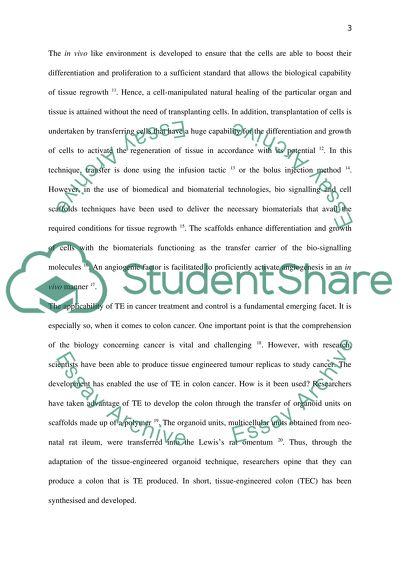Cite this document
(“Colon Cancer in Tissue Engineering Literature review”, n.d.)
Retrieved from https://studentshare.org/health-sciences-medicine/1679901-colon-cancer-in-a-tissue-engineering
Retrieved from https://studentshare.org/health-sciences-medicine/1679901-colon-cancer-in-a-tissue-engineering
(Colon Cancer in Tissue Engineering Literature Review)
https://studentshare.org/health-sciences-medicine/1679901-colon-cancer-in-a-tissue-engineering.
https://studentshare.org/health-sciences-medicine/1679901-colon-cancer-in-a-tissue-engineering.
“Colon Cancer in Tissue Engineering Literature Review”, n.d. https://studentshare.org/health-sciences-medicine/1679901-colon-cancer-in-a-tissue-engineering.


